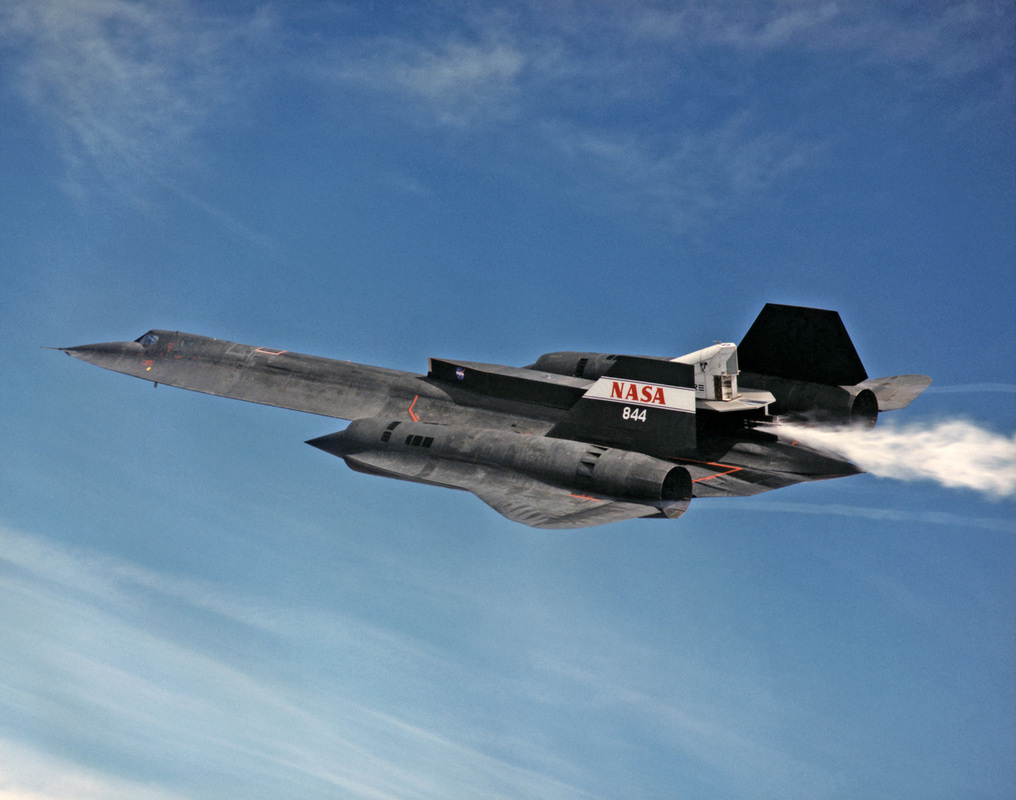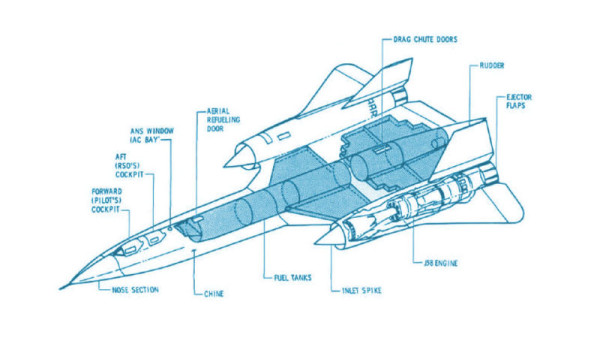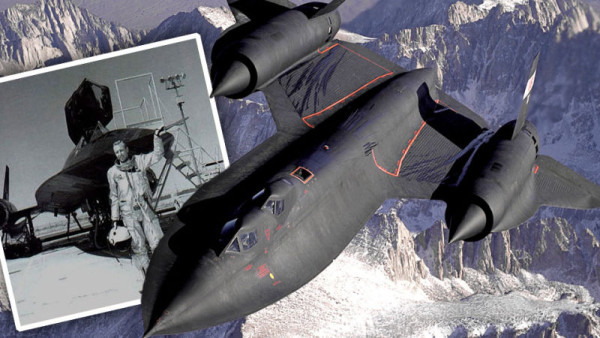
Flight FZ981 was carrying 55 passengers and seven crew members from Dubai when it crashed at Rostov-on-Don airport, according to a statement released by FlyDubai. Earlier reports said that 61 people were aboard the flight.
Russia's Emergencies Ministry said in a statement: 'The plane made a second round coming in to land because of bad weather conditions.
'At landing the tail touched the runway, began to break down and burst into flames. At present, no combustion.'
Emergencies Minister Vladimir Puchkov told media during a press conference that it was scheduled to land at 6.20pm ET, which is 1.20am Moscow time, but crashed at 8.50pm ET, which is 3.50am Moscow time.

































 RSS Feed
RSS Feed